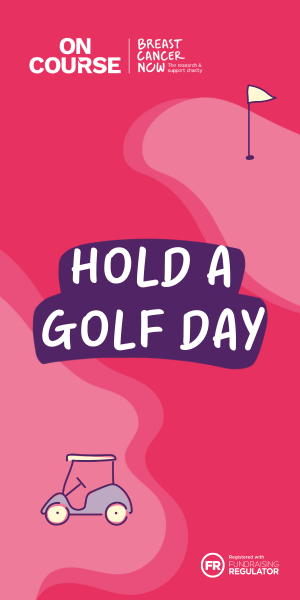The decision to turn pro can be one of the most important in a young player’s career. But when is the best time for a young player to turn professional?

The decision to turn pro can be one of the most important in a young player’s career. Make the move too early and you may find yourself punching above your weight, struggling to make a living, and missing all too important experience in top amateur events. Yet at some point, all the world’s top players have had to make the leap, with rich awards available for those who make the transition successfully.
The issue of when to turn pro was highlighted at the end of last year when Ireland’s Leona Maguire made the decision not to travel to LPGA Final Qualifying School, despite qualifying to do so. Having held the World No. 1 amateur ranking for over two years, and achieving almost every accolade a young player could dream of before turning pro, the decision unsurprisingly raised a few eyebrows.
Her reasoning? She is intent on graduating from Duke University this spring, a goal which currently trumps making the switch to the pro ranks. From there she intends to take up membership on the lower tier Symetra Tour, which she hopes will provide a stepping stone onto the LPGA.
“My team always comes first,” Maguire told Golf Digest. “I’ve always wanted to get my Duke degree, and I have a plan of what I’m going to do. Come here this week (LPGA Second Stage Qualifying), get Symetra status and then be ready to go in May after graduation.”
Taking your time to immerse yourself in your amateur career rather than being fast-forwarded into the amateur arena is something Annika Sorenstam, arguably the greatest female golfer of all time, also advocates.

A proud supporter of college golf, the Swede, who like many of today’s finest European players, headed across the pond to study in the States after high school, has put her name to the Annika Award, arguably the highest accolade in college golf, which recognises the best female player throughout the course of the season. It is a title dominated by Brits in recent years, with Maguire, and LPGA player Bronte Law the most recent holders.
The ten-time major winner is more likely to issue a salutary reminder along the lines, “There are no prizes for being the youngest…”
There’s far from a single formula to success. Take Charley Hull, Britain’s top-ranked female player, who left school at thirteen to focus her entire efforts on fulfilling her golfing potential.
With $1,917,231 in LPGA career earnings, it’s a decision which has appeared to pay off.
Michelle Wie is another case in point. The world was there to witness her painful transition to the pro ranks as an immensely talented sixteen-year-old. She too, however, would choose to take a step back from the game in her early twenties to study at Tiger Woods’ alma mater, Stanford, a decision which gave her a perspective on life that the millions in endorsements she received as a teenager could never buy.

It is an experience that many would argue has rounded her into the fan favourite that she is today. Her ability to juggle life on the LPGA Tour with a degree at one of the world’s most prestigious institutions is more evidence that she is no ordinary individual.
Just like life, everyone’s path is different. Some players peak at eighteen, while others might not reach their prime until their thirties. Some golfers are academic, while other player’s strengths lie in other areas.
It is perhaps playing to those strengths and listening to your own game that defines the best time for a player to turn professional.
Stay On Course With These Fabulous Winter Golf Shoes. Read More















